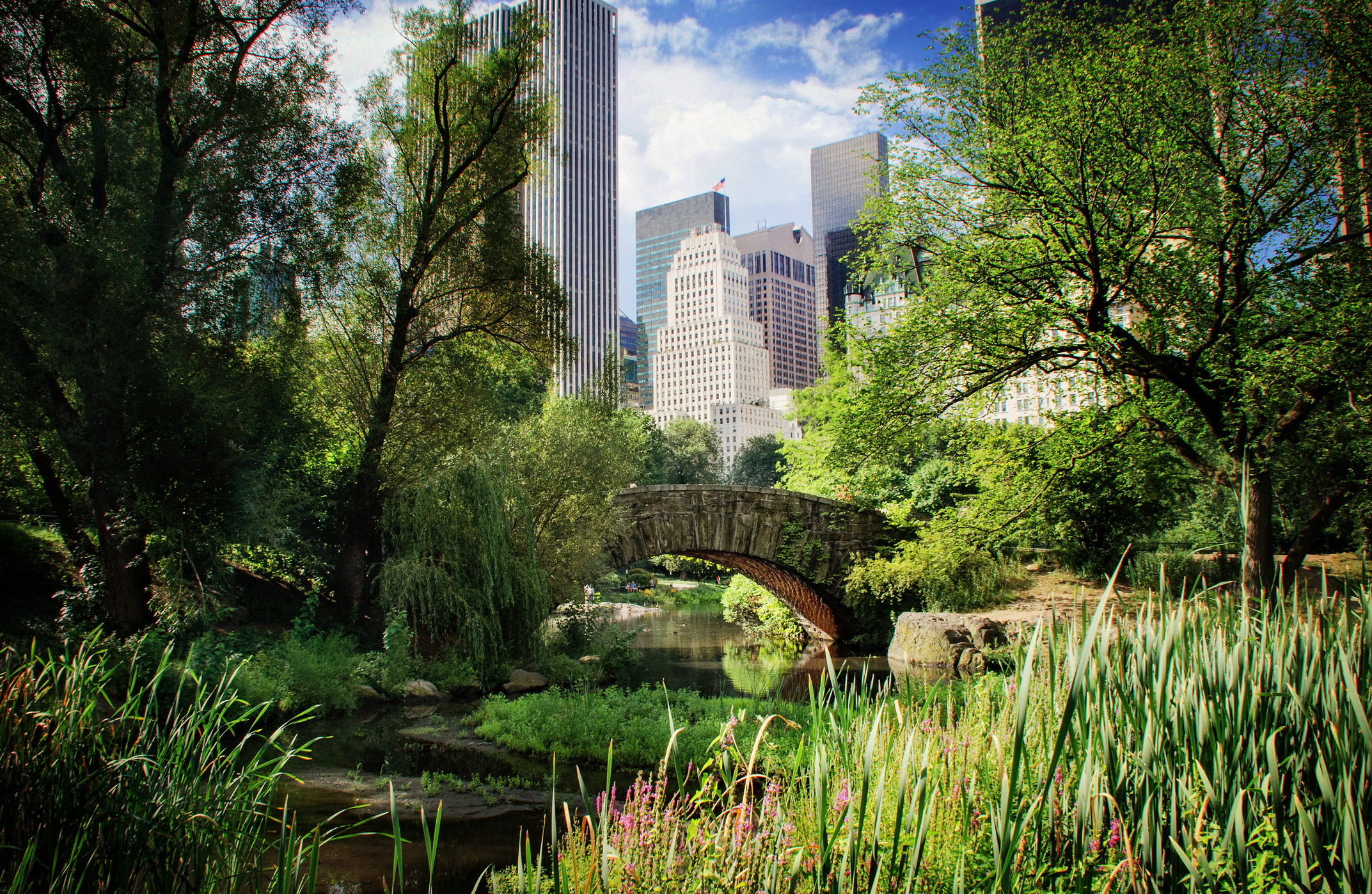
Spending time outdoors, especially in green spaces, is one of the fastest ways to improve your health and happiness. It’s been shown to lower stress, blood pressure and heart rate, while encouraging physical activity and buoying mood and mental health. Some research even suggests that green space is associated with a lower risk of developing psychiatric disorders — all findings that doctors are increasingly taking seriously and relaying to their patients.
Now, a new study published in the International Journal of Environmental Health Research adds to the evidence and shows just how little time it takes to get the benefits of being outside. Spending just 20 minutes in a park — even if you don’t exercise while you’re there — is enough to improve well-being, according to the research.
For the study, researchers surveyed 94 adults who visited one of three urban parks near Birmingham over the summer and fall. They were given fitness trackers to measure physical activity but were not told what to do in the park or how long to stay. Each person also answered questions about their life satisfaction and mood — which were used to calculate a subjective well-being score, with a maximum value of 55 — before and after their park visit.
The average park visit lasted 32 minutes, and 30% of people engaged in at least moderate-intensity physical activity while there. Well-being scores rose during the park visit in 60% of people, with an average increase of about 1.5 points (from about 37 to 39).
Physical activity was not necessary to increase well-being, the study authors found, even though plenty of research suggests that exercise is great for mental health, particularly when it’s done outside. For many people in the study, simply being in green space seemed to be enough to spark a change, says study co-author Hon Yuen, director of research in the occupational therapy department at the University of Alabama at Birmingham.
“Some people may go to the park and just enjoy nature. It’s not that they have to be rigorous in terms of exercise,” Yuen says. “You relax and reduce stress, and then you feel more happy.”
The medical community is increasingly viewing green space as a place for their patients to reap physical and mental health benefits. Some physicians, like Dr. Robert Zarr, a pediatrician in Washington, D.C., are even writing prescriptions for it.
These “nature prescriptions” — therapies that are redeemable only outdoors, in the fresh air of a local park — advise patients to spend an hour each week playing tennis, for instance, or to explore all the soccer fields near their home. The scripts are recorded in his patients’ electronic health records.
“There’s a paradigm shift in the way we think about parks: not just as a place to recreate, but literally as a prescription, a place to improve your health,” says Zarr, who writes up to 10 park prescriptions per day. In 2017 he founded Park Rx America to make it easier for health professionals to write park prescriptions for people of all ages, particularly those with obesity, mental-health issues or chronic conditions like hypertension and Type 2 diabetes.
By writing nature prescriptions — alongside pharmaceutical prescriptions, when necessary — physicians are encouraging their patients to get outdoors and take advantage of what many view to be free medicine. The specificity that comes with framing these recommendations as prescriptions, Zarr says, motivates his patients to actually do them. “It’s something to look forward to and to try to feel successful about,” he says.
In 2018, NHS Shetland, a government-run hospital system in Scotland, began allowing doctors at 10 medical practices to write nature prescriptions that promote outdoor activities as a routine part of patient care. And in recent years, organizations with the goal of getting people outside for their health have proliferated in the U.S. The National Park Service’s Healthy Parks Healthy People program promotes parks as a “powerful health prevention strategy” locally and nationally. Walk With a Doc, which sponsors free physician-led community walks, is now in 47 states, and Park Rx, which has studied and tracked park-prescription programs since 2013, says these are now in at least 33 states and Washington, D.C. Even mental-health professionals are going green. A growing number of “ecotherapy” counselors conduct sessions outdoors to combine the benefits of therapy and nature.
Plus, these unusual prescriptions are the prettiest you’ll ever fill — a fact that Betty Sun, program manager at the Institute at the Golden Gate, which runs Park Rx, says encourages people to actually do them. “With social media and Instagram, when you see your friends going out to beautiful places, you want to go too,” Sun says. “It’s about making a positive choice in your life, rather than a punitive choice — like ‘You’re sick, take a pill.’ It just seems so much more supportive.”
More Must-Reads from TIME
- Donald Trump Is TIME's 2024 Person of the Year
- TIME’s Top 10 Photos of 2024
- Why Gen Z Is Drinking Less
- The Best Movies About Cooking
- Why Is Anxiety Worse at Night?
- A Head-to-Toe Guide to Treating Dry Skin
- Why Street Cats Are Taking Over Urban Neighborhoods
- Column: Jimmy Carter’s Global Legacy Was Moral Clarity
Write to Jamie Ducharme at jamie.ducharme@time.com